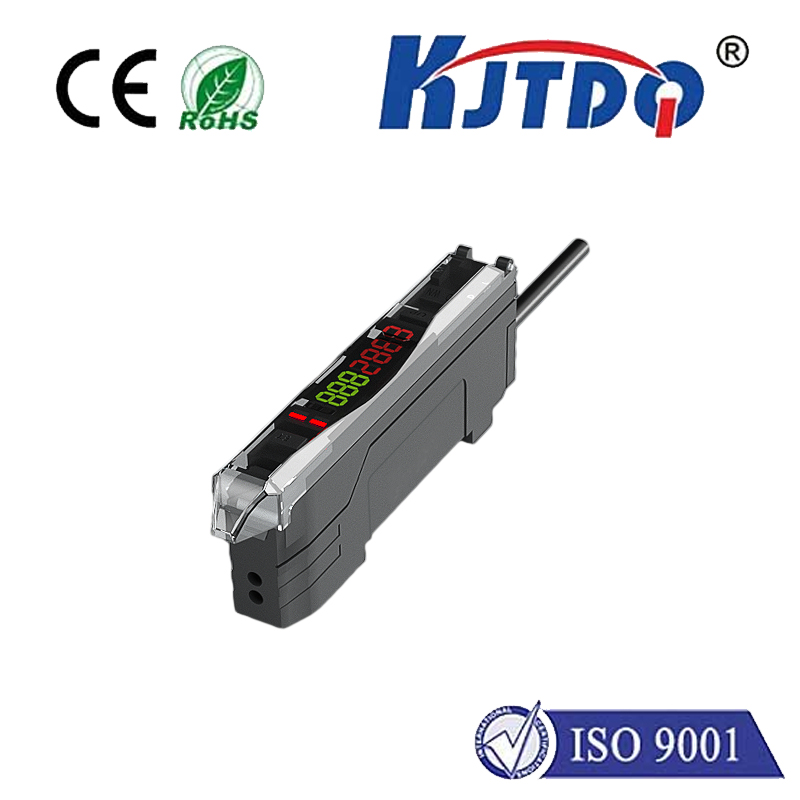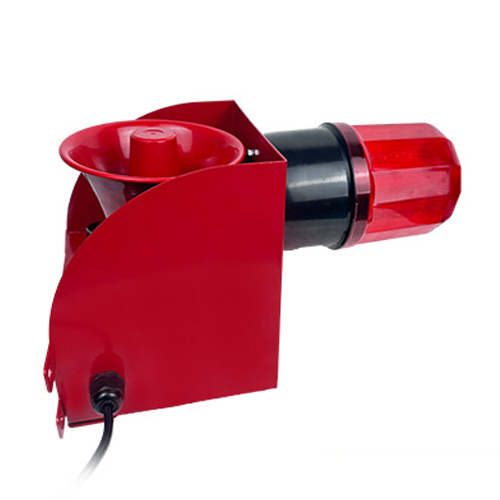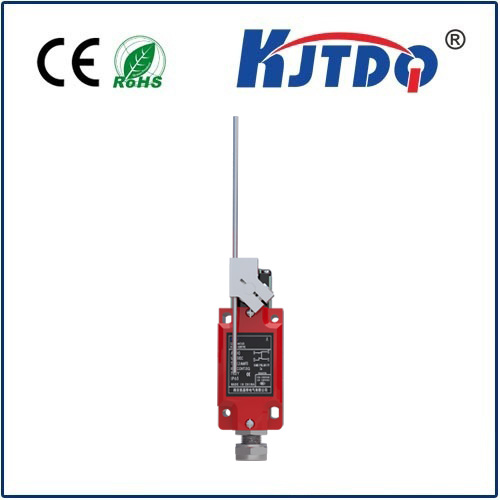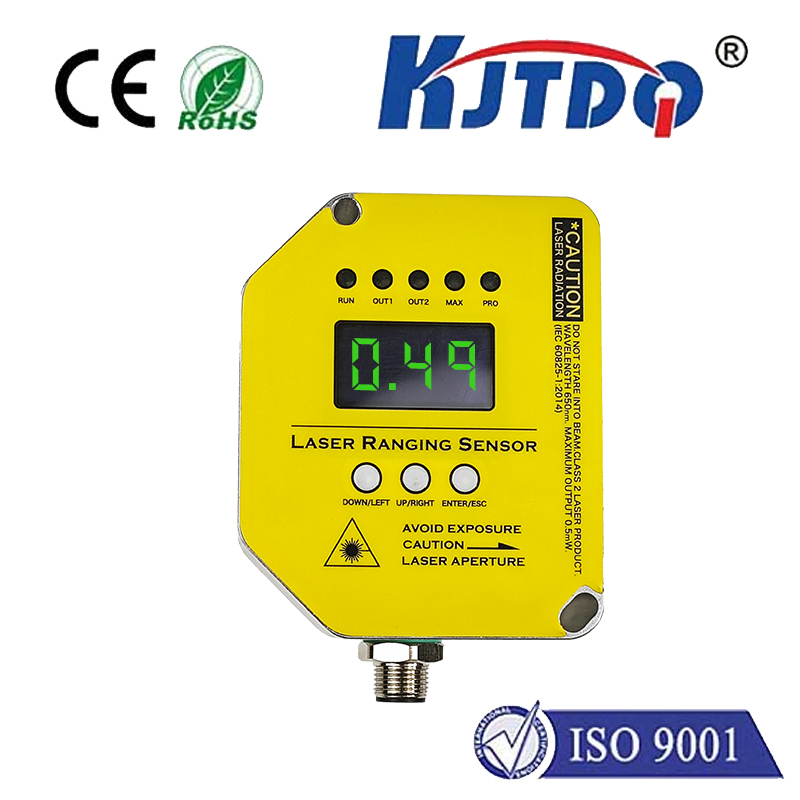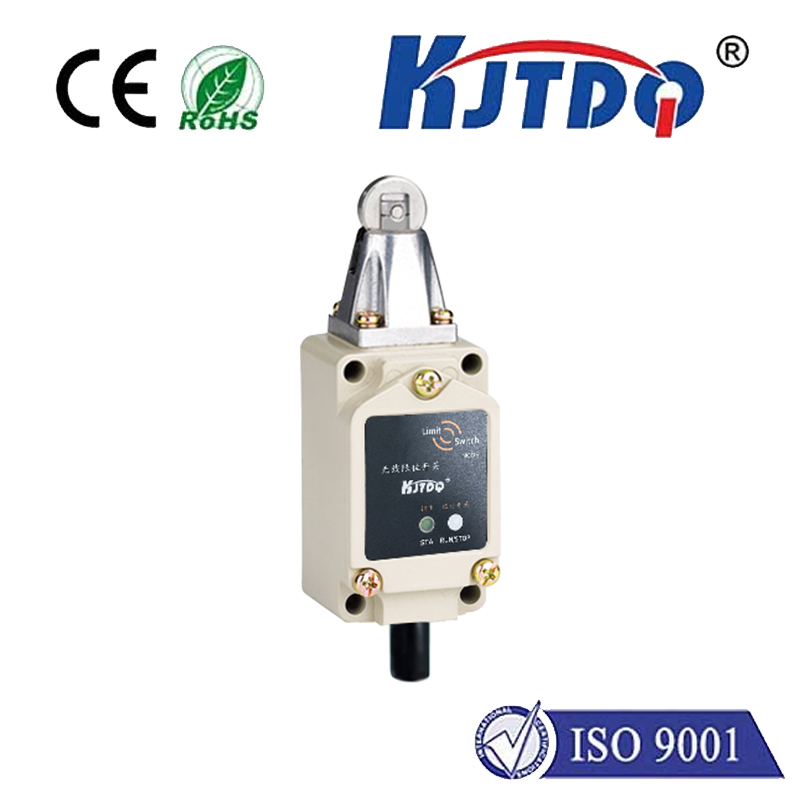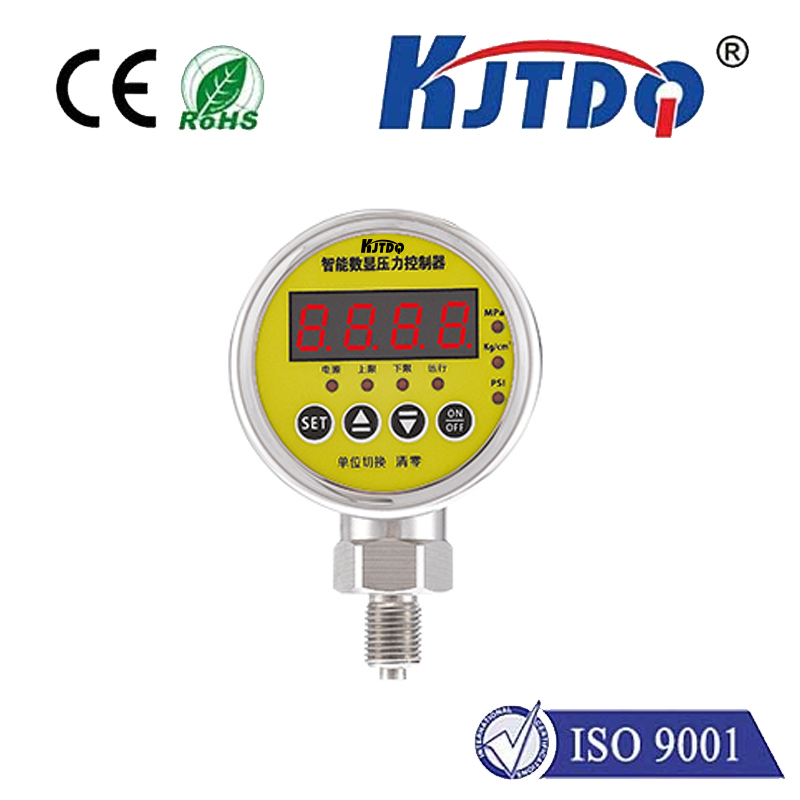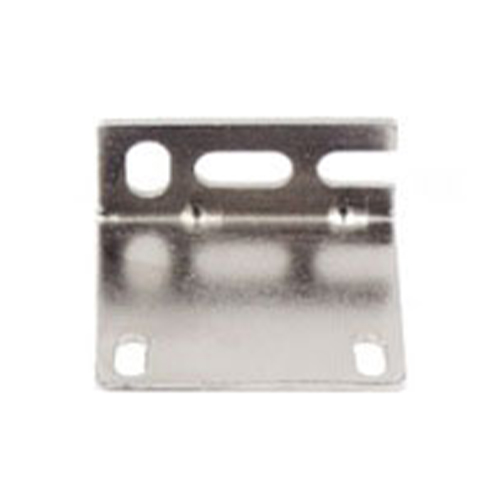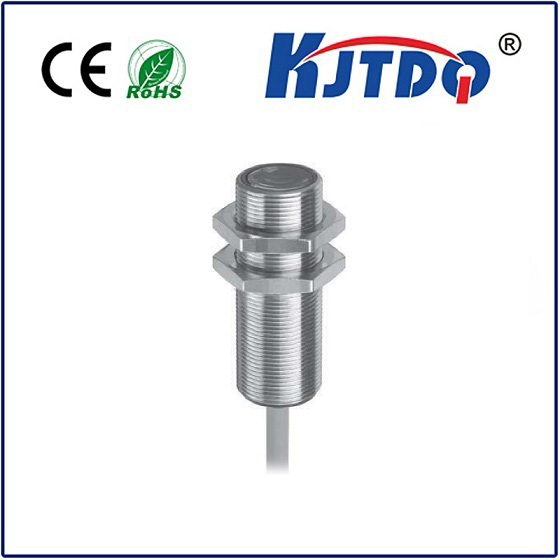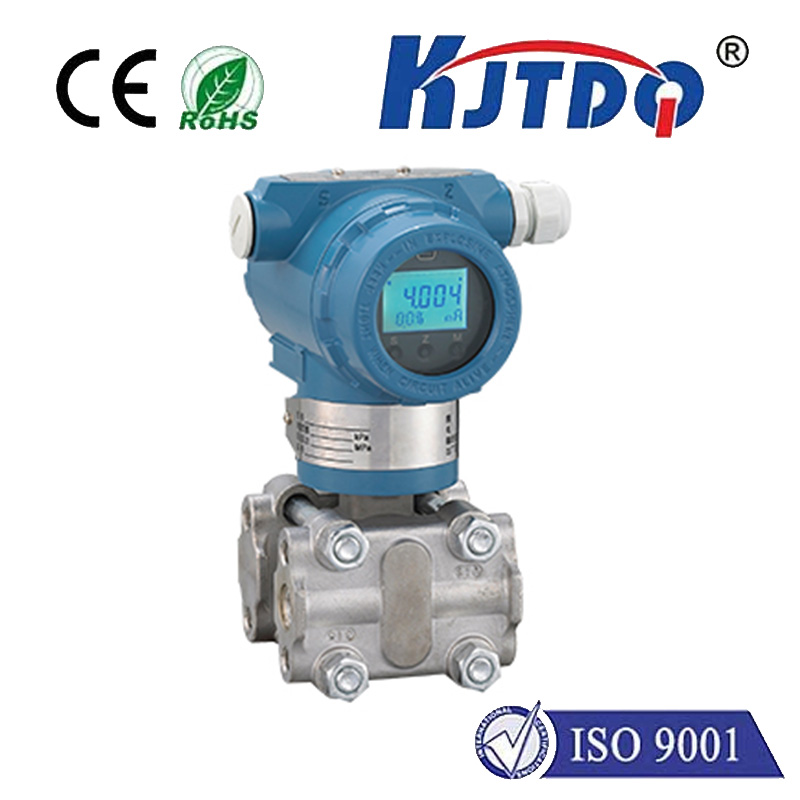

check

check

check

check

check

check

check

check

check

check
In the world of industrial automation, limit switches are a vital component that plays a crucial role in controlling machinery. One particular type of limit switch is the auxiliary limit switch. This article will discuss the importance of auxiliary limit switches and their applications in various industries.
What is an Auxiliary Limit Switch?
An auxiliary limit switch is a device that detects the presence or absence of an object by using a magnetic field. It consists of a magnet and a reed switch, which is housed within a protective enclosure. When the magnet comes into contact with the reed switch, it activates the switch, sending a signal to the control system.
Applications of Auxiliary Limit Switches

Auxiliary limit switches are used in a wide range of applications, including conveyor systems, robotic arms, packaging machines, and material handling equipment. They are also commonly found in elevators, where they are used to prevent overtravel and ensure safety.
In conveyor systems, auxiliary limit switches can be used to monitor the position of products as they move along the conveyor belt. This allows for accurate tracking and monitoring of inventory levels, reducing waste and improving efficiency.
In robotic arms, auxiliary limit switches are essential for ensuring precise movement and preventing collisions between different parts of the arm. They can also be used to detect when a tool has been properly loaded onto the arm, allowing for greater accuracy and productivity.
Auxiliary limit switches are also commonly used in packaging machines to detect the presence of products on the conveyor belt. This information can then be used to control the speed and timing of the machine, resulting in increased throughput and reduced downtime.
Benefits of Auxiliary Limit Switches
There are several benefits to using auxiliary limit switches, including improved safety, increased efficiency, and reduced costs. By providing accurate feedback to control systems, these switches can help prevent accidents and injuries in industrial settings. Additionally, by improving the accuracy and efficiency of machinery, auxiliary limit switches can help companies save money on maintenance costs and reduce downtime due to mechanical failures.
Conclusion
In conclusion, auxiliary limit switches are an essential component in industrial automation systems. Their ability to detect the presence of objects and provide accurate feedback to control systems makes them an important tool for improving safety, efficiency, and productivity in a wide range of industries. As technology continues to evolve, it is likely that we will see even more innovative uses for auxiliary limit switches in the future.
